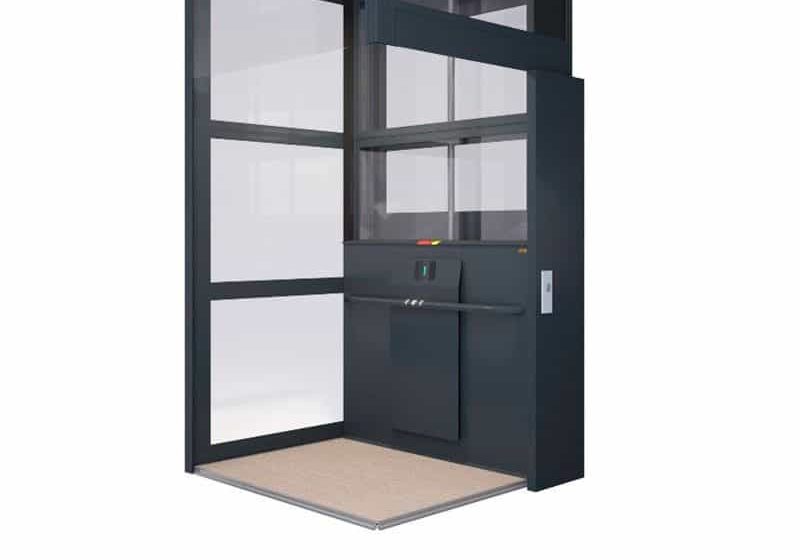The Car That Otis Built
Sep 1, 2021

The company’s design background goes beyond lifts.
If you had been a horse back in 1906, you probably would have been mad at the Otis Elevator Co. Not because you had anything against lifts, but because Otis was building the Sultan. The Sultan was one of those early automobiles that scared the horse to death.
The Sultan was originally designed in France, but history does not record precisely how Otis came into possession of the patents, blueprints and dies. But acquire them they did. Being of French design, the car was built on the metric scale, much to the dismay of the American automobile mechanics at the time, whose tools and hardware refused to fit. Most of the Sultan was built at Otis’ Springfield, Massachusetts, workshops. The chassis were then taken to New York City or Newark, New Jersey, where handmade bodies were added. Most bodies were of the “pleasure car” and taxicab variety, but a few Sultans grew up to become trucks, with transmission gears and ignition systems coming from outside suppliers. By the time the finished product reached the showroom, it carried a price tag in the region of US$3,000.
For the money, you got features that many competitive models lacked. The Sultan had leaf springs and a four-cylinder engine that generated speeds of 30 mph at 16 mi. to the gallon. It had a folding canvas top and a transmission you could uncouple simply by removing six bolts. The worm gears were a lot smoother than the more common pinion arrangements, and the enclosed engine valves were exclusive to Otis. Later models, built around 1910, discarded the customary horse and buggy oil lamps for carbide gas lights. Finally, a windscreen was clamped on, and Sultan drivers could see where they were going.
The only real drawbacks were oil and tires. From a one-and-a-half litre tank located on the dashboard, the oil went on a one-way trip through a hose and dripped into the engine. What the engine didn’t use up kept going to oil the road. That meant you never had to change the oil — you did it every time you filled up the tank. Tires were priced anywhere from US$60 to $80 apiece and lasted a couple thousand miles, if you were lucky. Nonetheless, some owners claimed they put more than 100,000 miles on their Sultans and spent more on tires than they did for their cars. There appears to be some truth in such claims, because the cars stood up under all sorts of punishment. They were used as taxicabs in New York, Richmond, Virginia, and Atlanta. With a body style that would be called a “pick-up truck” today, many of them went out to Otis offices to haul workers and lift parts, and generally to speed things along.
Faced with the full-time job of building lifts for the world’s ever-expanding skylines, Otis quit the automobile business around 1910. A few stubborn Sultans kept going until the early 1920s, but went on to join the growing list of cars that few people today have heard of.
Get more of Elevator World. Sign up for our free e-newsletter.






